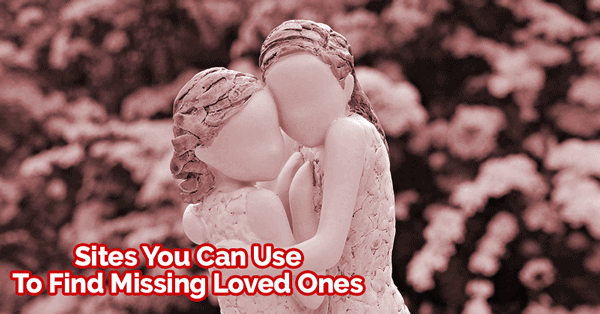4 Sites You Can Use To Find Missing Loved Ones
Hey there, Steve here and welcome to this week’s post – which is all about finding missing loved ones.
Tracing family members is a rewarding part of our role as investigators. Although as licensed investigators we can utilise search methods the general population can’t, there are lots of ways you can get started with your search.
Of course, if you can’t trace the person you’re looking for, please don’t hesitate to get in touch with us.
Important: If you have concerns for the missing person’s safety or welfare, you should stop reading this post and alert the police. Visit the government’s missing person’s web page https://www.missingpersons.gov.au/someone-i-know-missing/how-report-missing-person for a list of information you should aim to give the police. The quicker you make your report, the quicker the authorities can act and the better the chances of success.
1. Facebook Graph Search
Nearly 80% of the adult population in Australia has a Facebook account. Start with searches around names using Facebook’s graph search. Graph search also allows you to search for things like “Women over 30 years old who like horse riding and like swimming and live in Sydney”. Facebook stopped graph search being as accessible via the search bar, but all (or at least most) of the functionality is still available via direct url. You can visit the following two sites to learn more and help you construct these queries:
http://booleanblackbelt.com/2015/02/important-facebook-graph-search-developments/
https://thebalazs.com/2014/12/30/the-facebook-sourcing-tutorial-part-2/
2. LinkedIn Connections
LinkedIn is also worth a mention here. Like Facebook but ‘with a suit on’, this is the most popular business social network. At the time of writing, LinkedIn has been recently acquired by Microsoft who are making big changes to the way the platform works but the ability to search and find people will remain at the heart of the platform. See the LinkedIN Help pages for information on using this network: https://www.linkedin.com/help/linkedin
If the person you’re tracing has a certain profession, you may be able to find directories maintained by professional bodies. Search Google for these.
While mentioning Google, you can of course just type the person’s name straight into the search engine.
3. Reunion Sites
The national missing persons’ government website (https://www.missingpersons.gov.au) contains lots of helpful advice on reunion sites and tracing services for certain situations. They mention https://www.reunion.com.au/ but you should bear in mind, there are other services available.
One most people miss, is https://www.ancestry.com.au/
This site will allow you to trace family history and from there you can work your way to more distantly related family members.
4. Electoral Roll
Although the majority of people aren’t allowed to access the online electoral roll, you are allowed to visit an AEC office and do a search. Every citizen in Australia is legally obliged to be on the electoral roll, so it’s a highly accurate database to search. For more information on the AEC and to find your nearest office, visit this web page: http://www.aec.gov.au/About_AEC/Contact_the_AEC/index.htm
Attempting to trace people can be time-consuming and frustrating. Every avenue needs to be explored to the point where you can go no further. I’d recommend you keep detailed records of your searches for 2 reasons. The first is so you can avoid the potential for repeating your work in different ways, and the second is that you may not be able to take an individual search to the lengths you really want to but may be able to in the future. That way you’ll be able to save time and pick up where you left off.
Good luck and I wish you every success.
